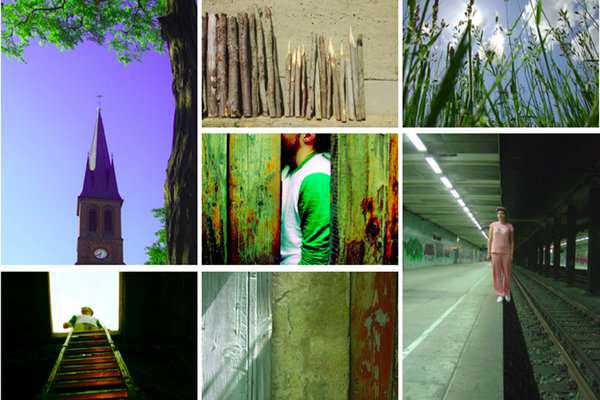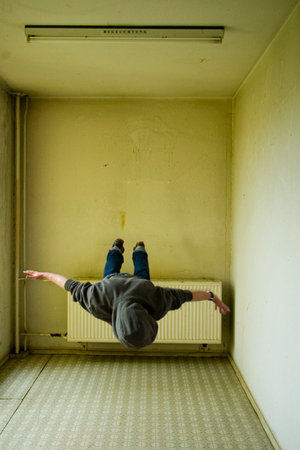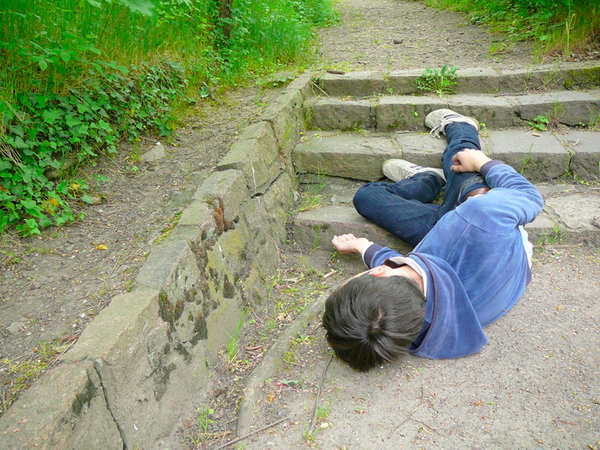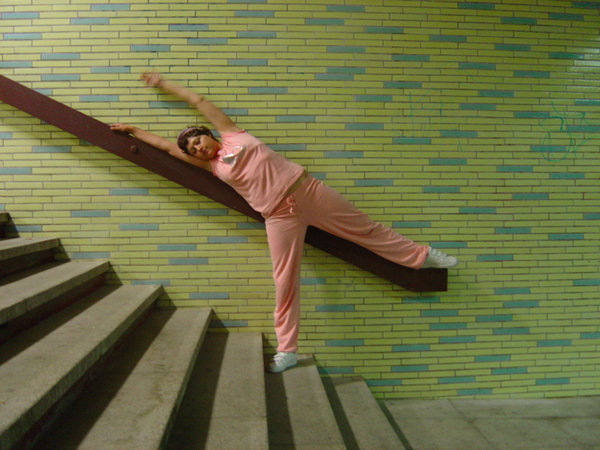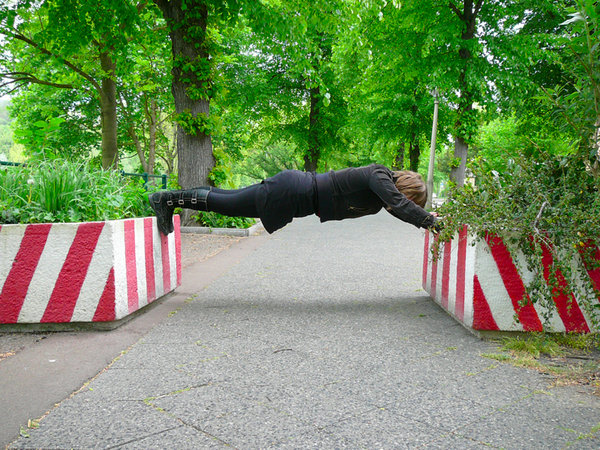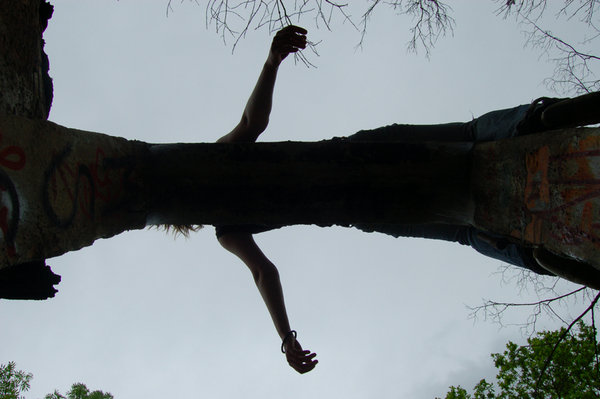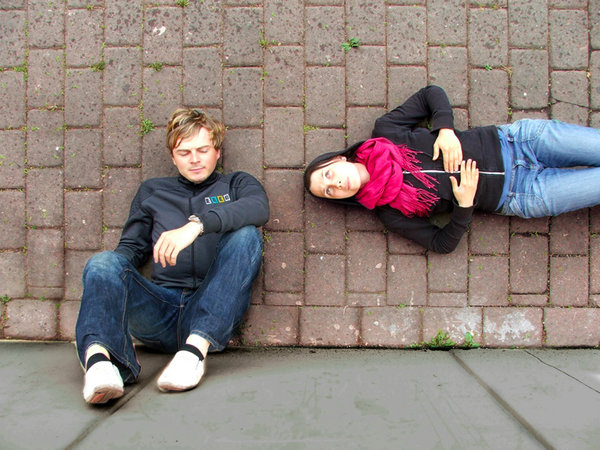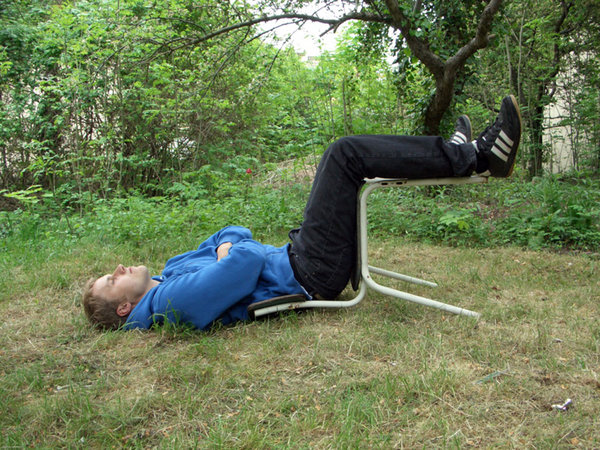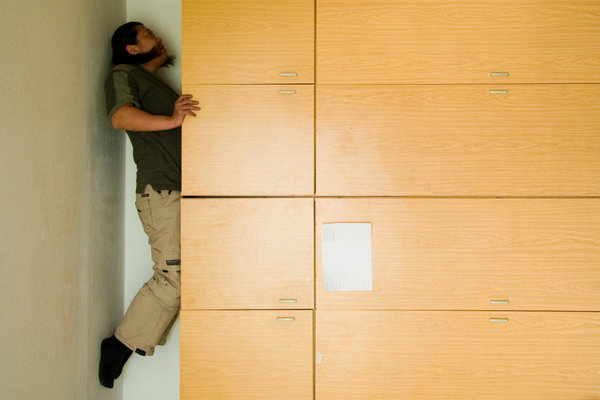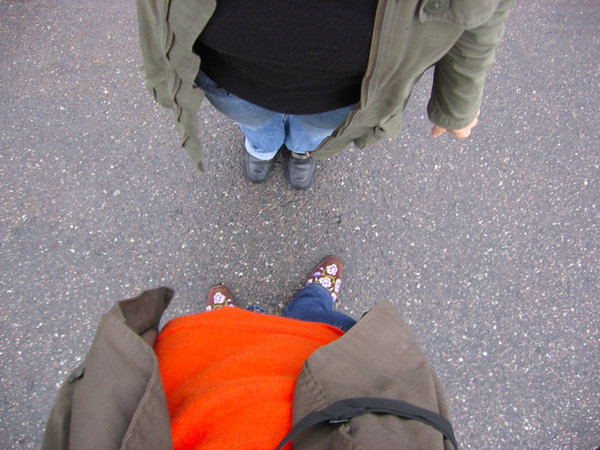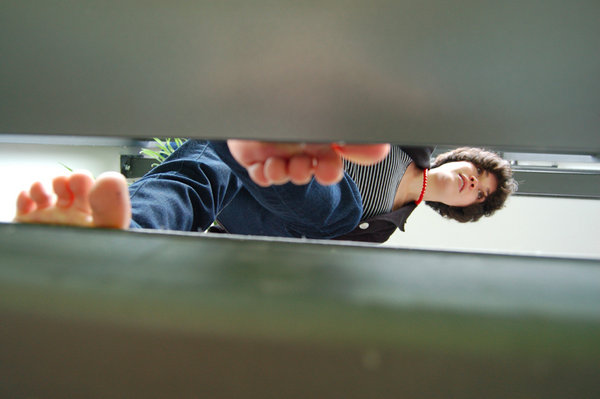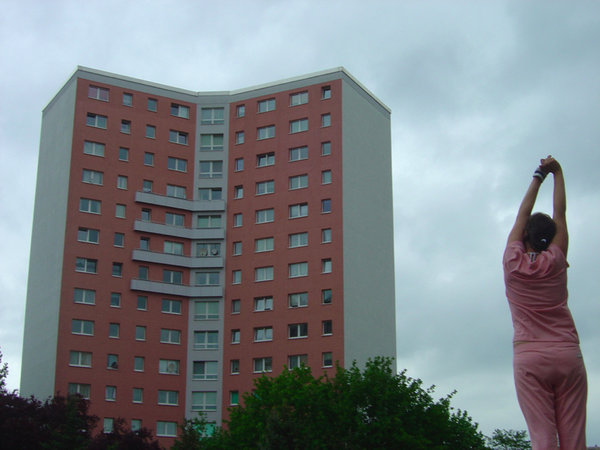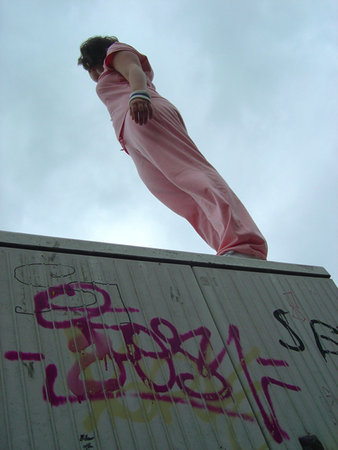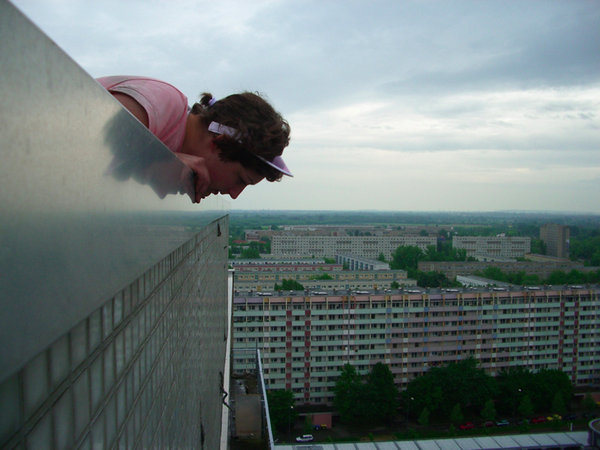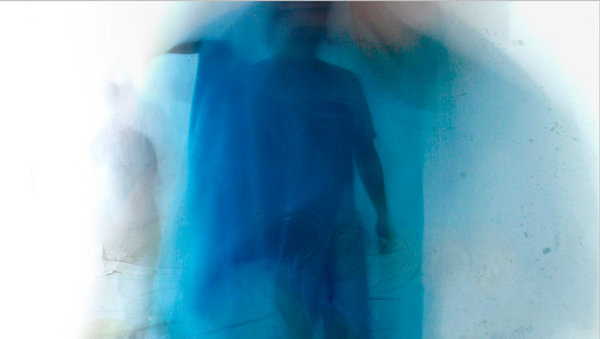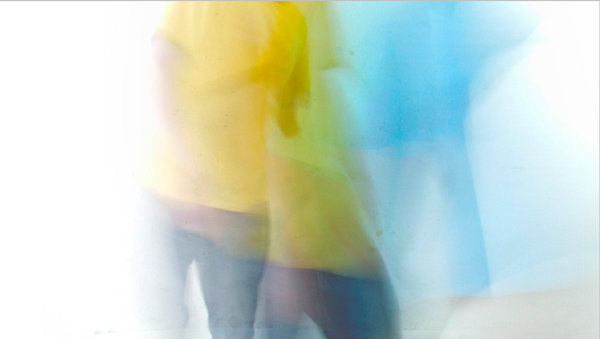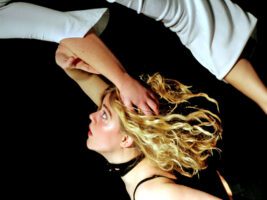Contents:
In the course, we dealt with the topic of balance in the phenomena of color and light.
the environment in a creative and visual way. Initially, the relationships between our sense of balance and the weight ratios, movement and directional relationships in visual space were explored. At the end, a balanced installation of color materials, color objects or light objects etc. was created, whose instability and transition into a new stable state was processed photographically or cinematically and brought to view.
Processing time: compact workshop, 5 working days
[vimeo]https://vimeo.com/38350842[/vimeo]
Morphoses – Lei Song, Matthias Ritzmann and Chang-Chin Hwang
[vimeo]https://vimeo.com/38350841[/vimeo]
67° – Agnieszka Partyka, Christian Beckerand Bastian Müller
[vimeo]https://vimeo.com/38350839[/vimeo]
In the mirror – Dennis Hafner and Anette Funke
[vimeo]https://vimeo.com/38350843[/vimeo]
Umbrella – Paul Evermann, Katharina Schwarze and Sabine Schmidt
[vimeo]https://vimeo.com/38350837[/vimeo]
Filming – Christian Schlender, Claudia Wörndle and Nikola Stoynov
Exercise 1 In balance
The balance system of our own body, the balance that we find in lying and standing to the center of gravity, forms the basis for the representation of the horizon and vertical within the environmental phenomena of color and light.
Lying down and the horizon
Study the lying body in balance and vary the positions of the body in relation to the reference plane of the topography or the world of objects. Try out how you can lie balanced in a relaxed state without having to make any effort to maintain this position. Document your observations from one perspective by capturing the body as a picture horizon and letting it span the space between below and above or heaven and earth. Then look for the horizon in the phenomena of the environment. Document everything that you feel is lying down or in a horizontal position and examine the images for parallels to the body sensation of lying down. Then move away from the representational and show us the horizon in the reduction of the image content to the boundary between the structures and textures of the environment of color and light.
Standing and the vertical
Now change the center of gravity to the standing body, which rises up against the effect of gravity until it reaches a vertical equilibrium position. In your observations and experiments, proceed in the same way as in part A of the task, with the focus on the upright or vertical phenomena that divide the image into different sides, like your body.
Exercise 2 Off balance
The human organ of balance, which consists of three fluid-filled semicircular canals, is located in the inner ear. It is sensitive to any change in the position of our body in relation to gravity, as well as to changes in the speed of movement, acceleration and deceleration. The experiences that we acquire through the organ of balance are related to the visual experiences from the changes in the color and light structures of the environment.
Falling and falling
Observe how the fall and drop movement of your camera (observer) or the surrounding situation with the aperture open (long exposure) affects the experience of the visual space. Investigate the difference between translational (rectilinear) and rotational movements. During the rotation movement, you turn around your own axis with the camera and observe the shifts in color and light conditions in the visual space until you lose your balance and fall. In the translational movement, you are the stationary observer, past whom the color and light phenomena of the surrounding space pass. Demonstrate the effects of acceleration and deceleration, gravity and sinking, falling and tumbling using the example of your own body and objects such as solid, liquid or gaseous substances. Create photo series or short films and experiment with unusual movement situations that result in the loss or regaining of balance.
Raising and climbing
Proceed as in the first part of this task, but now investigate the shifts in balance that are necessary for bodies to rise and fall. Pay attention to the phenomena of lightness and floating states in the image space and finally reduce the representational information in the visual space of your photos and film recordings until the representation of the phenomena is achieved and the distraction of unnecessary image content is reduced to a minimum.
Exercise 3 Color weight
Lightness and heaviness
Relate the experience of the strain on your muscle and joint system during body movement to the appearance of your visual habitat. Look for things whose appearance of color and light you perceive as light or heavy. Why does something look light or heavy? Find clues for the color and light effects that refer to the weight of things. Pay particular attention to which surface properties particularly shape the character of the gravity. Organize your images into categories on the subject of color weight.
Balance
Find structures whose state of equilibrium is clearly expressed. (e.g. trees, flowers, grasses etc.) When documenting your observations, concentrate on the appearance of color and light. Pay particular attention to the change in surfaces depending on the choice of perspective and lighting situation and, if possible, use a macro lens or a strong zoom.
Exercise 4 Off balance
Color balance – Installation
Develop and design a color and light installation that initially appears to be in balance and then visibly loses its equilibrium and becomes unbalanced. Think about a test setup, the camera position, the lighting and try out different test sequences. Pay particular attention to the transition from balance to the collapse of the visual situation.
Focus on the color and light effect
Concentrate on the color and light effect of the installation and refrain from revealing the mystery of the physical facts. Design a system that loses its initial state of equilibrium, then collapses due to accelerations and decelerations, rotating or linear, and ends in another state of stability. Do not focus on the representational nature of the situation, but show the transition between two states of equilibrium through the changes in color and light conditions in the visual space.
Further literature on the multisensory perception of visual and vestibular information

